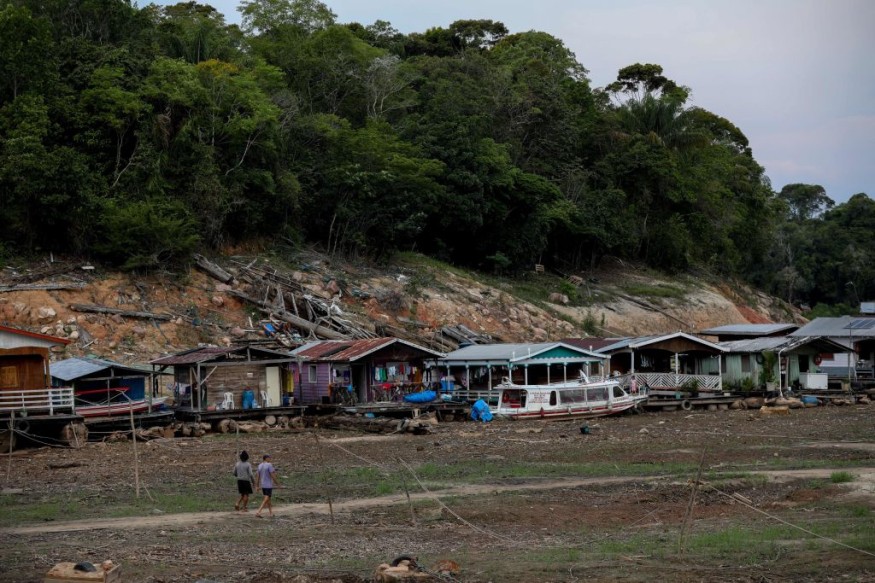
Archaeologists have discovered a cluster of abandoned cities built 2,000 years ago in the Amazon rainforest that once housed at least 10,000 farmers.
Lost Cities From a Thousand Years Ago
Archaeologist Stéphen Rostain first found a series of clay mounds and buried roads in Ecuador more than two decades ago.
Recent mapping by laser-sensor technology revealed that the sites were part of a dense network of villages and linking routes nestled into the forested foothills of the Andes that lasted roughly 1,000 years.
Rostain and his team concentrated on two large settlements, Sangay and Kilamope, where they discovered mounds grouped around central plazas, ceramics painted with paint and etched lines, and large jugs containing the remains of the traditional maize beer chicha.
Radiocarbon dating revealed that the Upano people occupied the settlements between 500 BC and AD 300 to 600, roughly contemporaneous with the Roman empire in Europe, according to the scholars.
In 2015, the National Institute for Cultural Heritage of Ecuador funded a lidar survey of the valley. Laser pulses were fired into the forest and measured their return path, showing topography characteristics that would otherwise be hidden behind the trees.
The lidar data enabled the researchers to see the links between towns as well as discover many more.
Over 300 square kilometers in the Upano Valley, the team discovered five huge communities and ten smaller ones, each densely packed with residential and ceremonial structures. The settlements are flanked by hillside terraces where inhabitants produce foodstuffs such as corn, manioc, and sweet potatoes discovered in previous digs.
The cities were linked by wide, straight roadways, and streets flowed between dwellings and communities inside each city.
While population is difficult to estimate, the site was home to at least 10,000 people, and possibly as many as 15,000 or 30,000 at its zenith, according to archaeologist Antoine Dorison, a study co-author at the same French institute.
This is comparable to the estimated population of Roman-era London, the country's largest metropolis at the time.
"This shows a very dense occupation and an extremely complicated society. For the region, it's really in a class of its own in terms of how early it is," said the University of Florida archaeologist Michael Heckenberger.
Dense And Interconnected
The network of routes connecting the Upano sites shows that they all existed concurrently. They are a millennium older than other complex Amazonian communities, including the recently found Llanos de Mojos ancient urban structure in Bolivia.
According to Rostain, the cities in the Upano Valley were denser and more integrated than those in the Llanos de Mojos.
However, the specifics of each civilization are still being studied. Farmers in both the Upano Valley and the Llanos de Mojos erected roads, canals, and massive municipal or ceremonial buildings.
The pathways and thousands of earthen mounds would have needed a complex system of organized labor, according to José Iriarte, an archaeologist from the University of Exeter.
"The Incas and Mayans built with stone, but people in Amazonia didn't usually have stone available to build - they built with mud. It's still an immense amount of labor," he added.
The Amazon is frequently portrayed as a virgin forest inhabited by small groups of humans. However, subsequent findings have revealed how much more intricate the past truly is.
Scientists have lately discovered evidence of complex jungle cultures that before European contact in other parts of the Amazon, including Bolivia and Brazil.
Related Article : Amazon Rainforest Could be the Next Source of World's Next Pandemic Due to Climate Change, Deforestation [Study]
© 2025 NatureWorldNews.com All rights reserved. Do not reproduce without permission.





